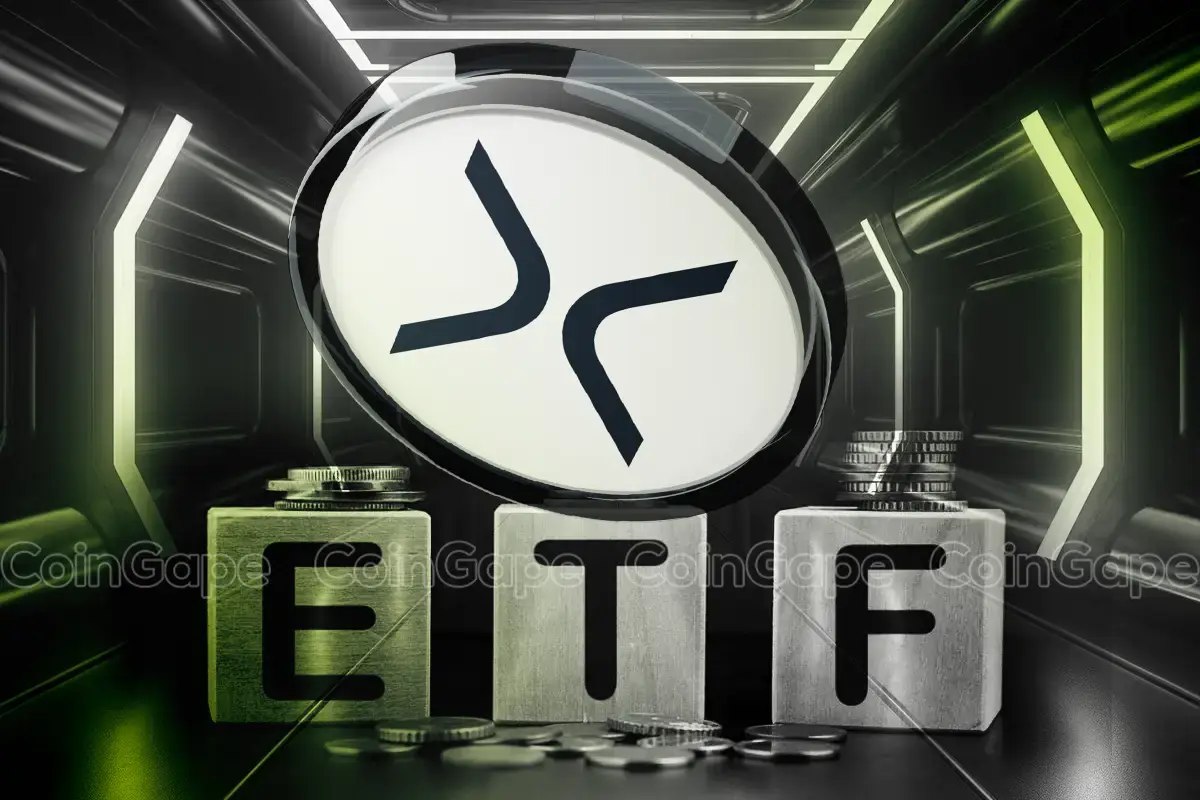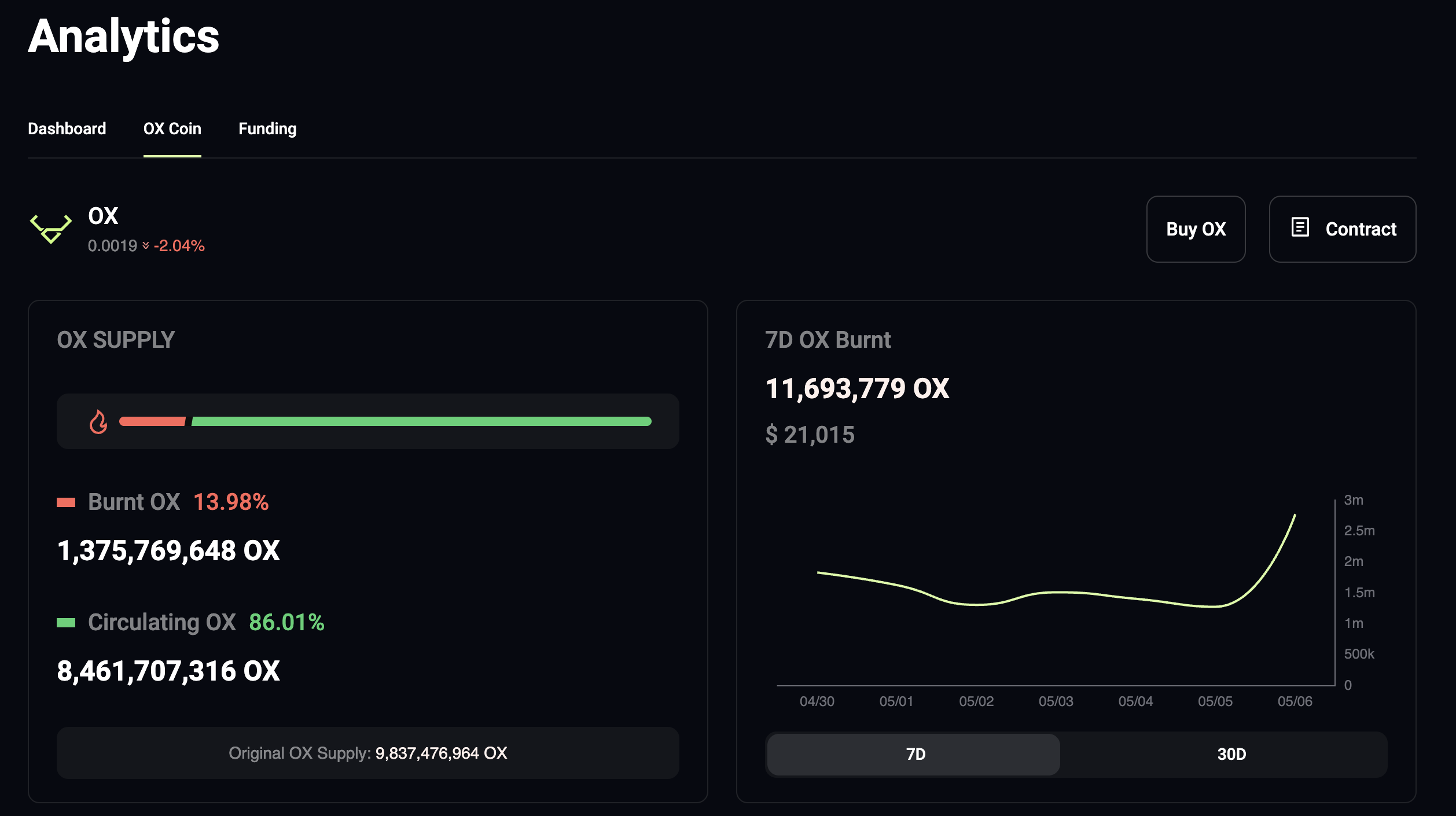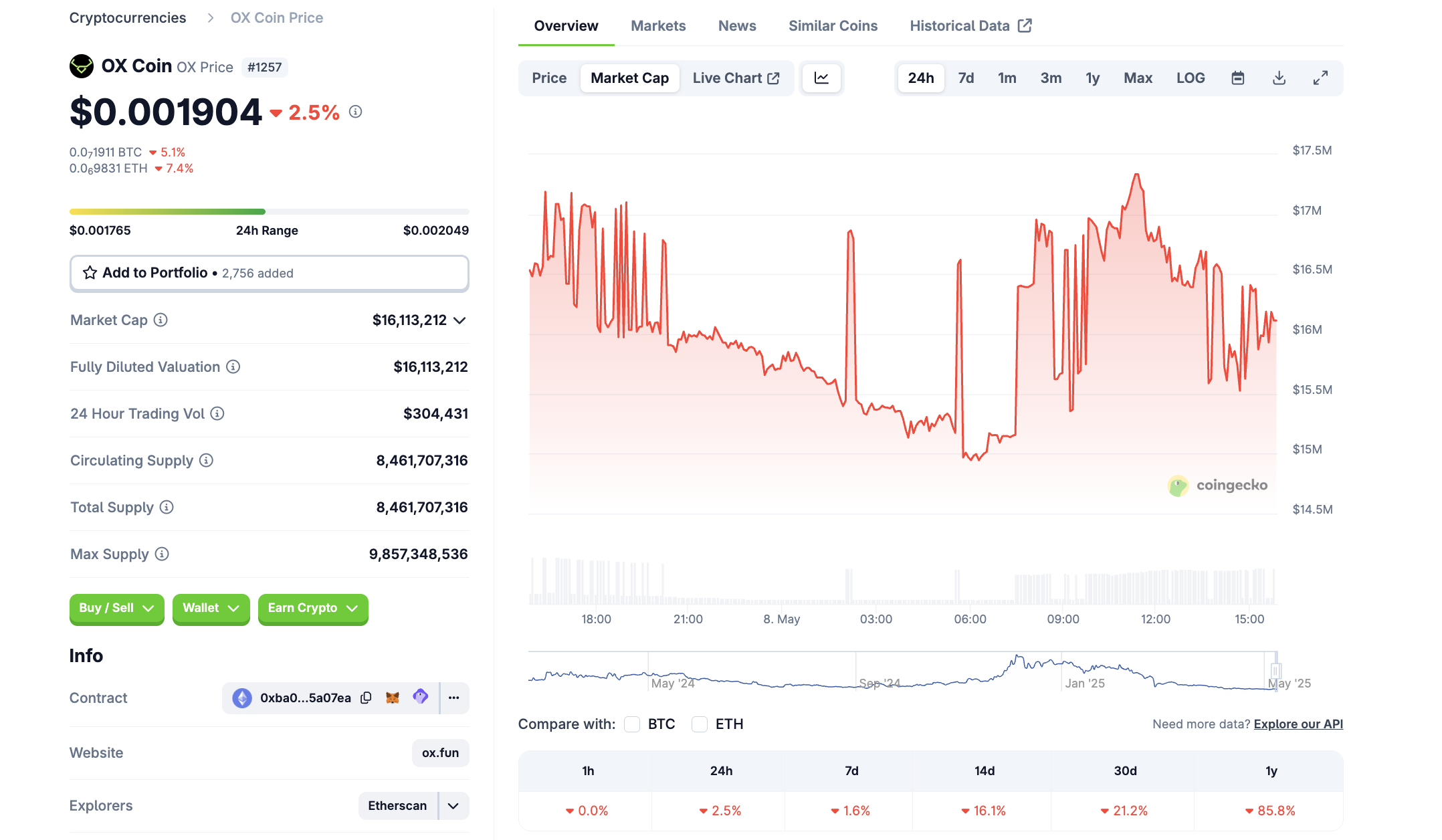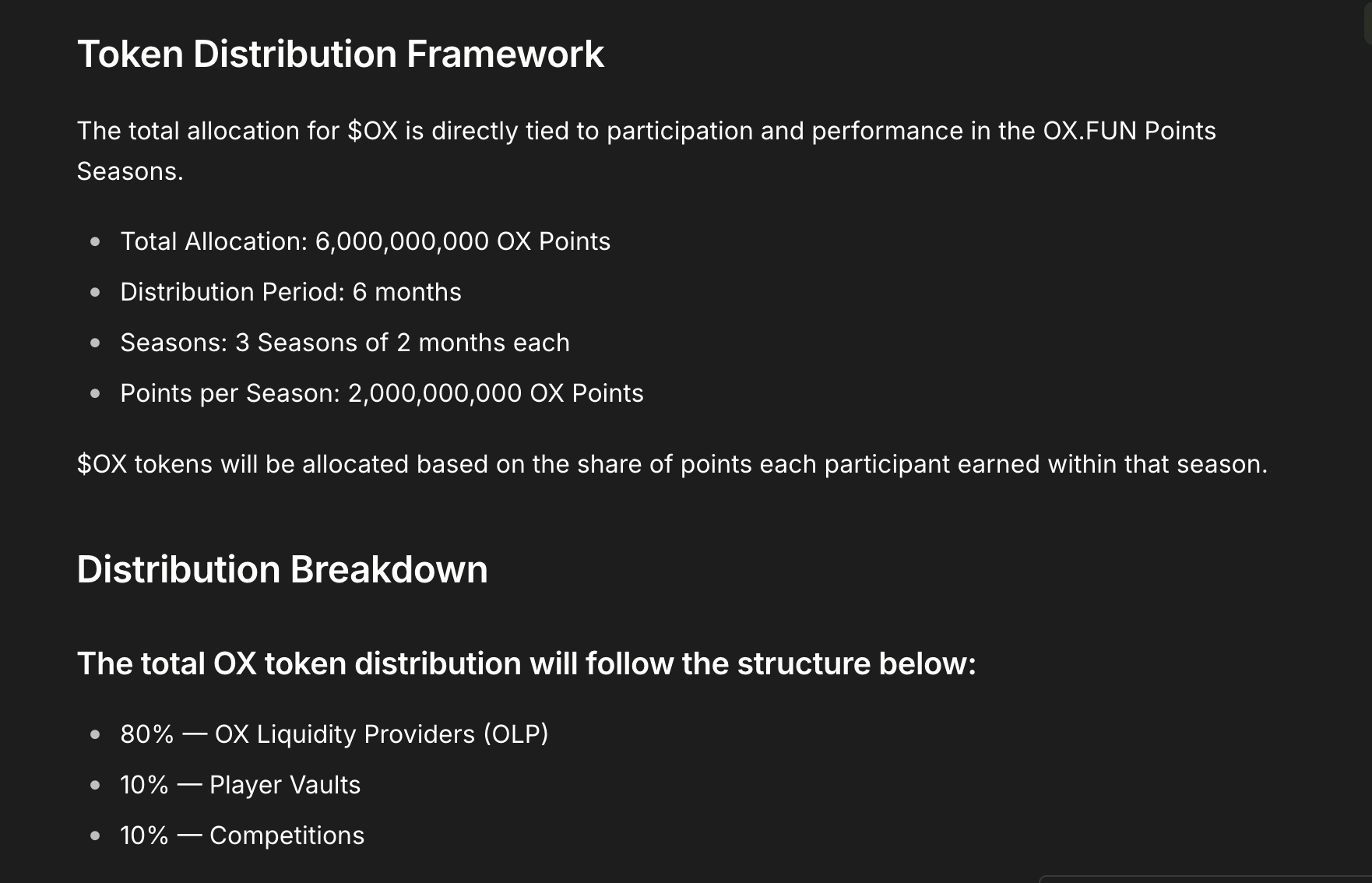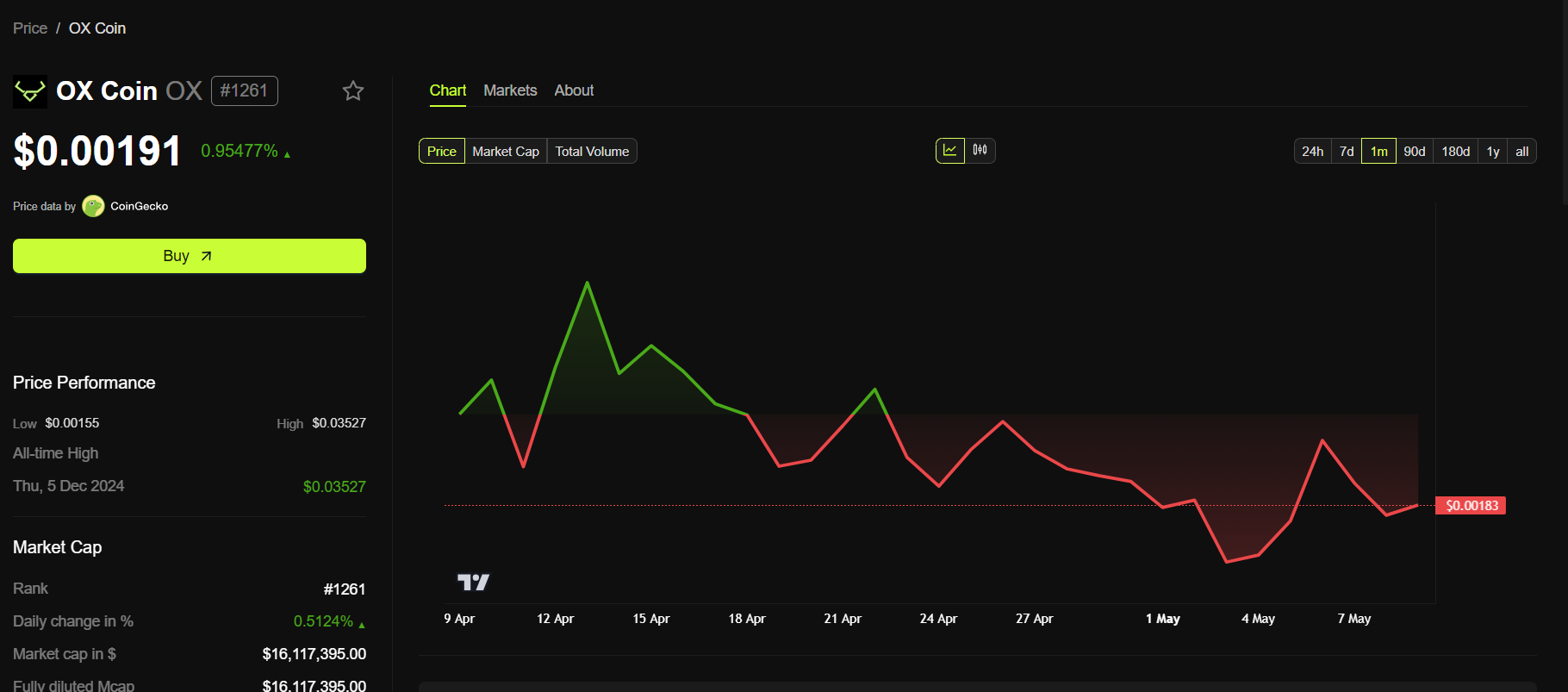
In a recent XRP news update, the Securities and Exchange Commission (SEC) has delayed its decision on the proposed XRP spot Exchange-Traded Fund (ETF) from Franklin Templeton. Despite the delay, legal experts watching the Ripple case are staying positive.
Lawyer Remains Optimistic Despite Ripple ETF Delay
According to XRP lawyer Bill Morgan, the delay in the Ripple ETF approval process does not indicate a change in the overall direction of the case. Morgan pointed out that the SEC commissioners have not yet voted to end the appeal against Ripple, and no formal updates have been made to the final court orders.
Morgan emphasized, “What is the hurry? The SEC commissioners have not even voted yet to end the appeal against Ripple.” He added that although there has been mention of a settlement agreement, no joint court filing has been made to officially reflect those changes.
Another legal observer, James Farrell, highlighted that the only statement from the SEC so far is a filing noting an “agreement in principle” between Ripple and SEC staff, which is not final. This has led to confusion and speculation about the next steps, but legal analysts suggest that this is not uncommon in complex regulatory matters.
SEC Postpones XRP ETF Decision Until June
The SEC announced that it would delay its decision on the Franklin Templeton XRP spot ETF until June 17, 2025. Franklin Templeton filed the application on March 13, and the SEC published it in the Federal Register on March 19, triggering a 45-day review period set to expire on May 3. Despite these setbacks, Proshares has announced a new launch date for its XRP ETFs despite prior confusion.
The delay aligns with what some industry analysts, including Bloomberg Intelligence’s James Seyffart, described as standard regulatory procedure in a March post. Seyffart noted,
“Yes, the SEC just punted on a bunch of altcoin ETF filings… This is expected.”
ETF Store President Nate Geraci confirmed that apart from the Ripple ETF, regulators also announced delays for other crypto ETFs, including Franklin’s Solana and Grayscale’s HBAR products. These delays reflect a broader evaluation process and do not specifically target XRP-related products.
However, Nate Geraci still expects the SEC to reach a decision by October 2025 because the commission tends to make its final decisions on many crypto ETFs in mid-October.
Is XRP Lawsuit and ETF Decision Linked?
Notably, other commentators have wondered whether the delay at the SEC is due to ongoing negotiations in the Ripple case. Clyde James, a crypto investor, said the SEC may have slowed on Ripple ETF approvals since the settlement demands penalties in Ripple rather than cash.
“If they are truly considering accepting settlement payment in XRP… they aren’t going to approve spot ETFs before that,” James wrote on social media. This is because approving the ETF beforehand could raise XRP’s price, which would lower the total XRP needed for payment.
Though still unconfirmed, this theory gained traction online—especially since Ripple has publicly stated that it reached a settlement agreement with the SEC, while the SEC has only acknowledged an agreement in principle.
The post XRP News: Lawyer Remains Optimistic Despite Ripple ETF Delay, Here’s Why appeared first on CoinGape.

